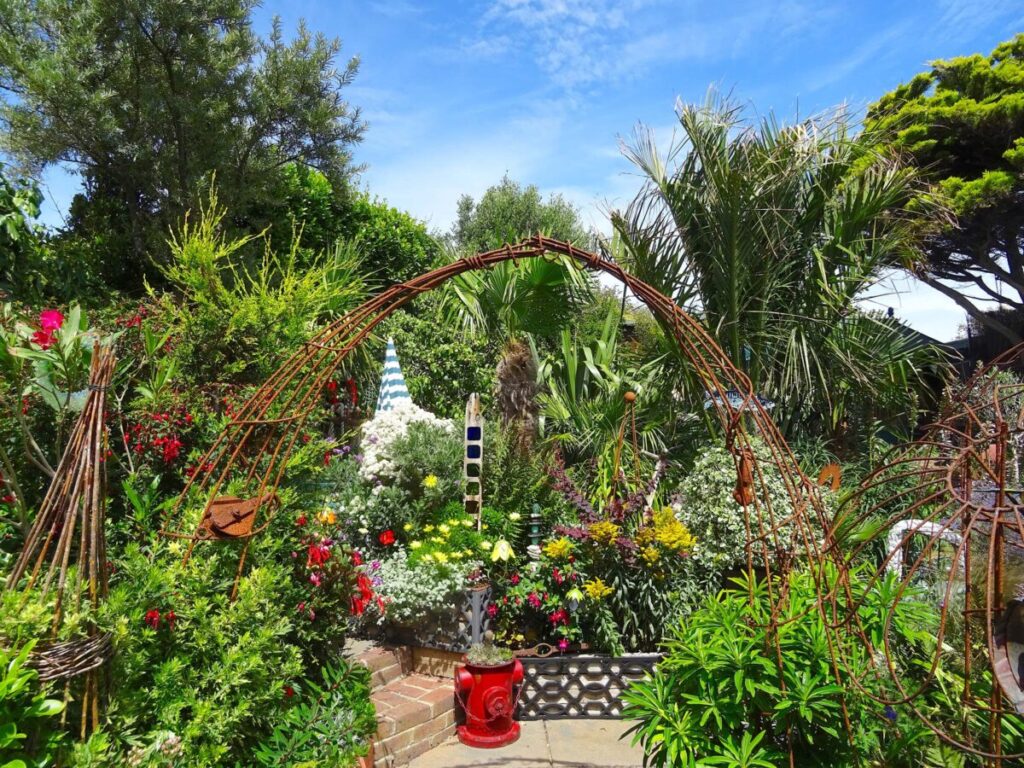Leaving the dead flowers and plant heads standing throughout the winter is another easy way to support your local wildlife!
The seed heads offer a food source for birds at a time of the year when it’s difficult to find much food for them. Moreover, larvae and insects use the stems as hiding places from themselves and their eggs.
Lastly, the dead plant and seed heads also help to protect the soil beneath them from the cold and windy weather conditions.

The RSPB recommends the following plants/flowers if you want to grow wildlife-friendly seed heads for the winter:
- Teasel
- Echinacea
- Phlomis
- Opium poppies
- Sedum
- Eryngiums
- Alliums
- Heleniums
- Ornamental grasses
- Rudbeckias
Aside of providing crucial food sources for bees in forms of wildflowers another great way to support your local bees is to create homes for them in your garden. You’ve probably seen bee or insect hotels for purchase at your local garden centre but you can just as easily build these homes yourself!

Gardens Illustrated also suggests choosing plants with “impressive seedheads” as they not only support insects and birds but can also look stunning in the frosty winter days!
Alison Dudeney who works with the Horticultural Society says that she leaves plants and flower heads in her garden until spring time to help her local wildlife. When you’ve decided to eventually cut the flowers, the RSPB recommends to “leave the cut stems lying on the ground for a few days for any wildlife still harboured within to make their escape, before the waste goes on the compost”.
Photos by Ann Roe



